Tax Refund
Find out how much money you'll get back from the IRS and how to track down your tax refund.
Tax Basics
Tax Refund Articles
-

Is paying off debt the best use of your tax refund?
If you get a big tax refund this year, consider using it to pay down your debt.
5 min read Oct 04, 2023 -

Where’s my refund? How to track your tax refund
It’s easy to track the status of your tax refund online.
4 min read Mar 03, 2022 -

How the government shutdown could impact tax refunds
If the shutdown ends soon, tax returns likely won’t be affected. If it drags on? That’s a different story.
2 min read Jan 03, 2019 -
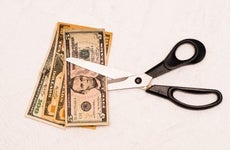
Tax refund garnished due to student loan default? Here’s how to get it back
If you’ve defaulted on your student loans, the IRS may withhold your tax refund.
4 min read Apr 05, 2018 -
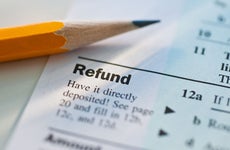
3 ways to spend your tax refund
You can’t wait for your tax refund. Here’s what you should do with it.
2 min read Mar 14, 2018 -

The IRS has over $1 billion in unclaimed tax refunds. Is any of it yours?
The agency is sitting on over $1 billion in unclaimed refunds. See if you qualify.
2 min read Mar 08, 2017 -

3 ways to expedite your tax refund and avoid signing up for tax refund loan products
There are much better options than falling for a tax refund anticipation loan or check.
3 min read Jan 12, 2017 -

IRS can’t find my W-2 form. How do I get my $3,000 tax refund?
Take these steps to find out why the IRS doesn’t have a record of your work.
2 min read Aug 23, 2016 -

IRS statutes of limitations: You may lose out on a refund if you wait too long
Don’t wait too long! The IRS has a time limit on filing for refunds.
3 min read Aug 09, 2016 -

Tax advocate can help taxpayer waiting nearly 2 years for a tax refund
You have an advocate who will look out for you. Here’s what you need to do.
2 min read Jul 19, 2016 -
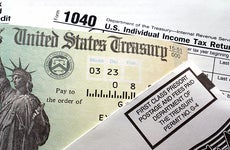
What to do if the IRS got your tax refund wrong
You got a check that’s less, or more, than you expected. Here’s how you deal with it.
6 min read Apr 27, 2016 -

What to do with your tax refund: Save money, pay debt or get a prepaid debit card
Not sure what to do with that influx of cash? Consider these options to fix your finances.
3 min read Mar 14, 2016 -
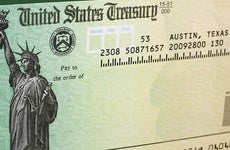
4 options for your tax refund
You can direct deposit and split your tax refund among as many as 4 accounts.
5 min read Feb 25, 2016 -
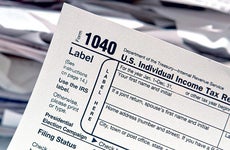
Will ID theft affidavit delay tax refund?
Filing the affidavit shouldn’t cause delays, but your tax refund may be late for other reasons.
2 min read Feb 10, 2015 -

What you can do now to protect tax refund
Take action to make it difficult for identity thieves to steal your tax refund.
2 min read Nov 13, 2014 -
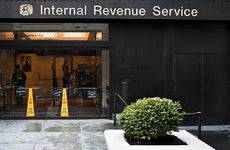
How to find a lost payment to IRS
The IRS owes you money but won’t pay. Now what?
2 min read May 08, 2014 -
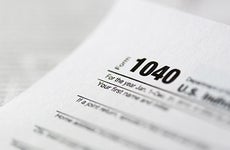
Can divorcee get innocent spouse relief?
You may qualify for innocent spouse relief. Here’s how to get a tax refund.
2 min read Nov 19, 2013 -
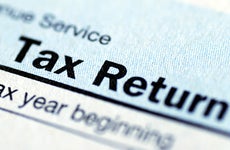
Claim tax refunds as income on tax return?
Amended returns yielded $9,000 in tax refunds on which IRS paid interest. What should we do?
2 min read Sep 05, 2013 -
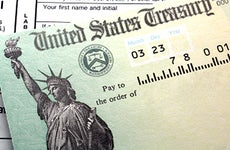
Getting the tax refund runaround from IRS
You would owe interest and penalties for filing taxes late. But the IRS plays by different rules.
2 min read Jan 07, 2013 -

Why is IRS withholding my tax refund?
The IRS isn’t lying to you, but someone may have stolen your identity. Follow these steps.
3 min read Jul 05, 2012